Aluminium Alloy Die Casting
LK Die Casting Machine / 2024-07-17 15:03:20
Aluminum alloy die casting is a common process for manufacturing high-precision and high-quality parts.
It produces parts with complex shapes and high strength by injecting molten aluminum alloy into a mold under high pressure.
This article will introduce the process flow, material selection, advantages and disadvantages, application fields, and future development trends of aluminum alloy
die casting in detail.

1. Definition of aluminum alloy die casting
Aluminum alloy die casting is a manufacturing process in which molten aluminum alloy is injected into a precision mold under high pressure, and the desired shape
is formed after rapid cooling and solidification.
Aluminum alloy has good fluidity and plasticity, which is suitable for the molding of complex structures, so it has been widely used in various industrial fields.
2. Process flow of aluminum alloy die-casting
The process flow of aluminum alloy die casting mainly includes the following steps:
Mold preparation: The mold is an important part of aluminum alloy die casting, usually made of high-strength steel. The design and manufacture of the mold
determines the precision and quality of the final product.
Melting aluminum alloy: The aluminum alloy material is placed in a furnace and heated to a molten state, usually above 660°C. In order to ensure the purity of the
molten aluminum alloy, degassing, and impurity removal are required.
Injection: The molten aluminum alloy is injected into the mold cavity quickly under high pressure through the injection system of the die-casting machine. The
injection pressure is usually between 30-70MPa, and the injection speed can reach several meters per second.
Cooling and solidification: The aluminum alloy is quickly cooled and solidified in the mold to form parts of the required shape.
The cooling time depends on the size and complexity of the parts, usually ranging from a few seconds to tens of seconds.
Mold opening and part removal: After cooling, the mold is opened and the solidified casting is taken out. At this time, the casting already has a basic shape and
size.
Post-processing: The casting is trimmed, deburred, heat treated, and surface treated to improve the surface quality and mechanical properties of the casting.
3. Material selection for aluminum alloy die casting
Aluminum alloy is one of the commonly used materials in die casting process, with the advantages of lightweight, high strength, and corrosion resistance. Commonly
used aluminum alloy grades include ADC12, A380, A360, A413, etc. Different alloy compositions and properties are suitable for different application scenarios.
ADC12: Widely used in automotive parts, electronic product housings, etc., with good fluidity and casting performance.
A380: With high strength and corrosion resistance, it is often used in automotive engine parts, gearbox housings, etc.
A360: With excellent thermal conductivity and heat resistance, it is suitable for parts in high-temperature working environments.
A413: With high thermal conductivity and high strength, it is often used in electronic product radiators, engine cylinders, etc.
IV. Advantages of aluminum alloy die casting
The aluminum alloy die-casting process has many advantages, which makes it widely used in various industrial fields:
High production efficiency: The die-casting process can produce parts quickly and in large quantities, which is suitable for large-scale industrial production.
High precision and complex shapes: Aluminum alloy die casting can produce parts with precise dimensions and complex shapes to meet high precision requirements.
Excellent surface quality: The surface of the die casting is smooth and dense, and does not require too much subsequent processing, which reduces production costs.
Good mechanical properties: Aluminum alloy die castings have high strength and hardness and can withstand large mechanical stress.
High material utilization: The die-casting process has less material waste and high metal utilization, which saves production costs.
5. Disadvantages of aluminum alloy die casting
Although aluminum alloy die casting has many advantages, it also has some disadvantages and limitations:
High mold cost: The mold manufacturing cost is high, which is suitable for mass production, and the production cost of small batches or single pieces is high.
Porosity and shrinkage problems: Porosity and shrinkage are easily generated during high-pressure injection, affecting the mechanical properties and surface
quality of the casting.
Size limitation: The size of the die casting is limited by the specifications of the die-casting machine and the mold, which is suitable for the production of small and medium-sized parts.
Material limitation: Aluminum alloy die casting is mainly suitable for low melting point metals, and high melting point metals are difficult to use die casting
process.
6. Application fields of aluminum alloy die casting
Aluminum alloy die casting is widely used in automobiles, electronics, electrical appliances, aerospace, medical equipment and other fields. The following are some
specific application cases:
Automotive industry: Aluminum alloy die castings are widely used in the manufacture of engine cylinder blocks, gearbox housings, wheels, suspension systems and
other parts.
They have the advantages of lightweight and high strength, which improves the fuel efficiency and safety performance of vehicles.
Electronic products: Aluminum alloy die castings are used to manufacture the shells and radiators of electronic products such as mobile phones and laptops, and
have good thermal conductivity and structural strength.
Electrical industry: Aluminum alloy die castings are used to manufacture the shells, internal brackets, and other parts of home appliances, with good corrosion resistance and aesthetics.
Aerospace: Aluminum alloy die castings are used to manufacture structural parts and accessories on aircraft, such as seat frames, instrument housings, etc., with
the advantages of lightweight and high strength.
Medical devices: Aluminum alloy die castings are used to manufacture the shells and internal parts of some medical devices, with the advantages of high precision
and biocompatibility.
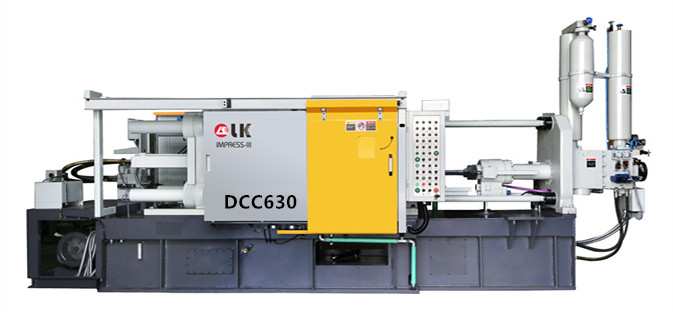
7. Future development trend of aluminum alloy die casting
With the continuous advancement of science and technology and the continuous growth of industrial demand, aluminum alloy die-casting technology is also constantly
developing and innovating.
The following are the future development trends of aluminum alloy die casting:
Intelligent production: Introducing intelligent manufacturing technology, through automated equipment and information management systems, to improve production
efficiency and product quality, and reduce production costs.
New material development: Research and develop new aluminum alloy materials, improve the mechanical properties and corrosion resistance of castings, and meet
higher requirements for application scenarios.
Advances in mold technology: Using advanced mold design and manufacturing technology to improve mold precision and life and reduce mold costs.
Environmental protection and energy saving: Promote green casting technology, reduce energy consumption and environmental pollution, and achieve sustainable
development.
Surface treatment technology: Research and apply new surface treatment technology to improve the surface quality and functional performance of castings to meet
higher market demand.
8. Quality control of aluminum alloy die-casting
In the process of aluminum alloy die-casting, in order to ensure product quality, each link needs to be strictly controlled:
Mold design and manufacturing: Mold design needs to take into account the dimensional accuracy and surface quality of parts, and use high-precision processing
equipment and processes to manufacture molds to ensure the service life of the mold and the consistency of the product.
Melting and injection: Strictly control the melting temperature and injection pressure to avoid casting defects caused by too high or too low temperature and
pressure, such as pores, shrinkage holes, and cold shuts.
Cooling and solidification: Reasonably design the cooling system to ensure uniform cooling and solidification of castings, and avoid thermal stress and deformation
caused by uneven cooling.
Inspection and finishing: Carry out comprehensive inspection of castings, including dimensional measurement, appearance inspection, mechanical property testing,
etc., to timely discover and trim defects and ensure product quality.
Surface treatment: According to the use requirements of the product, corresponding surface treatment is carried out, such as spraying, electroplating, anodizing,
etc., to improve the corrosion resistance and aesthetics of the casting.
9. Cost analysis of aluminum alloy die-casting
The cost of aluminum alloy die casting mainly includes material cost, mold cost, production cost and post-processing cost.
Material cost: The price of aluminum alloy material is relatively low, but the material loss and scrap rate during smelting and injection need to be considered.
Mold cost
For more info, you can refer to: https://www.youtube.com/shorts/JLX410QV_kw
Contact LK Egypt to learn more info about the die-casting machine
LKAGENT OFFICE DCM
Address: Industry Zone, South of Port Said Kebly, Egypt
https://www.zazdiecasting.com/
Phone/WhatsApp/Wechat: +86 13598704163
Mobile: +20 101 304 3317 +20 150 181 8310
Email: jack@zazmae.com ahmedmahmoud@zazmae.com
#die cast tooling
#trivalent chromate
#rapid prototype casting
#a360 aluminum
#aluminum caster
#aluminum prototype
#ideal 55 slider parts
#density of aluminum kg/mm3
#magnesium sheet metal
#parts of a metal gate
#subcontracting of screw machining for the luxury sector
#wall aluminum
#die casting tooling
#tooling for die casting
#density of aluminium in kg mm3
#clear chromate
#es casting metals
#gating material
#prototype aluminum
#sigma castings
#subcontracting of screw-machining for household appliances
#we squeeze to please machine
#aluminium gravity die casting
#aluminum part
#aluminum rapid prototyping
#nickel casting
#plunger tip for die casting machine
#rapid prototyping aluminium
OTHER CONTENT
-
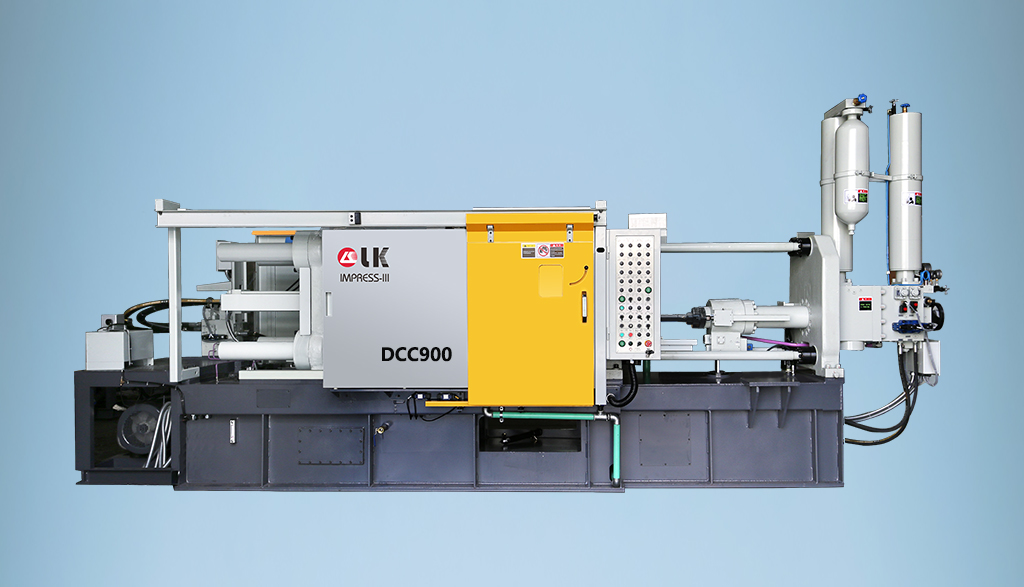
2024-09-19 14:16:15 LK Cold Chamber Die Casting Machine DCC900 Locking Force: 9000KN Die Height: 400-1000mm Space Between Tie Bars: 930x930mm Shot Weight: 13.5Kg Casting Area Max:2250c㎡
More -
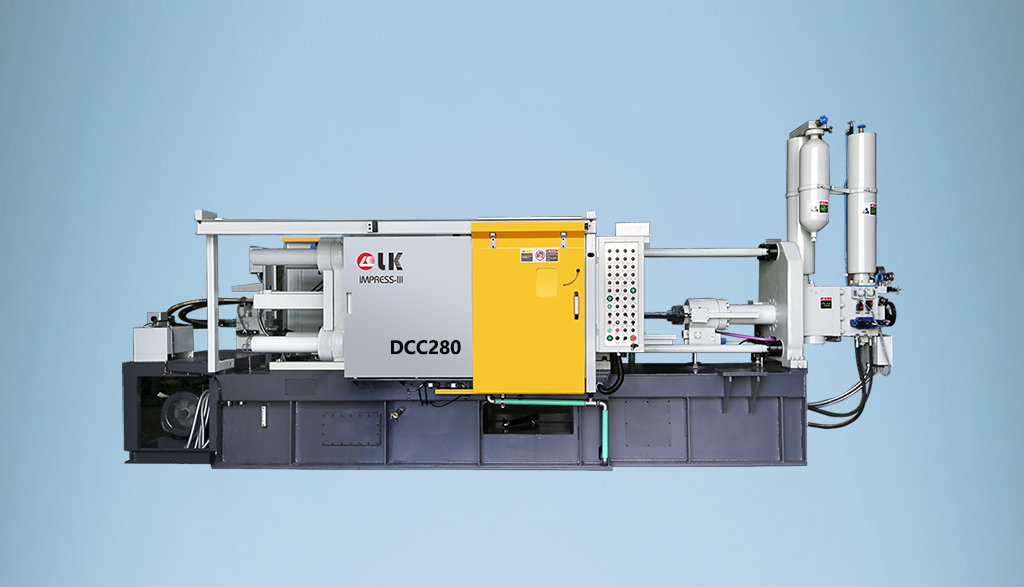
2024-09-19 14:11:06 LK Cold Chamber Die Casting Machine DCC280 Locking Force: 2800KN Die Height: 250-650mm Space Between Tie Bars: 560x560mm Shot Weight: 2.9Kg Casting Area Max:700c㎡
More -
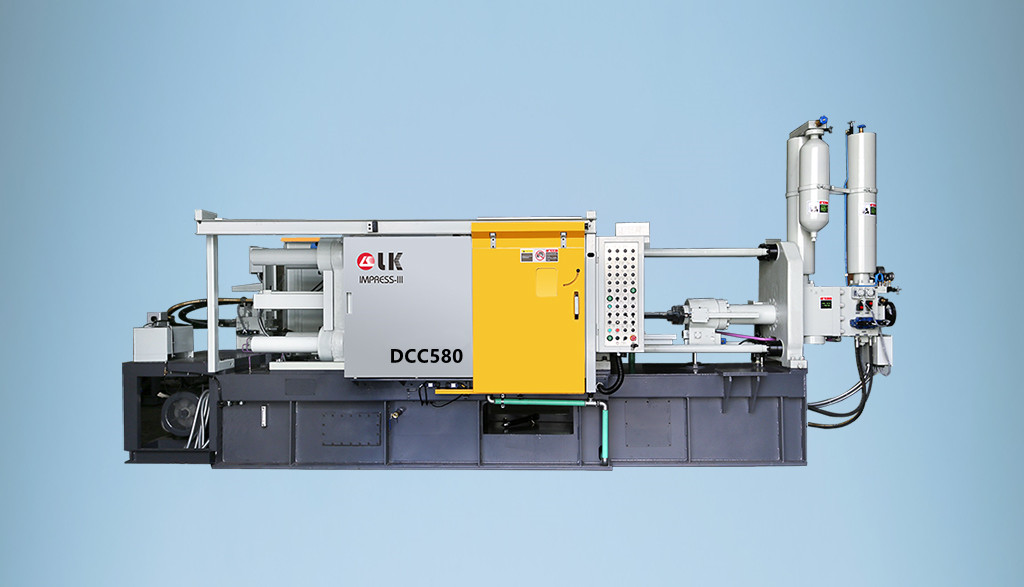
2024-09-19 10:23:07 LK Cold Chamber Die Casting Machine DCC580 Locking Force: 5000KN Die Heigh: 350-850mm Space Between Tie Bars: 760x760mm Shot Weight: 6.9Kg Casting Area Max:1250c㎡
More -
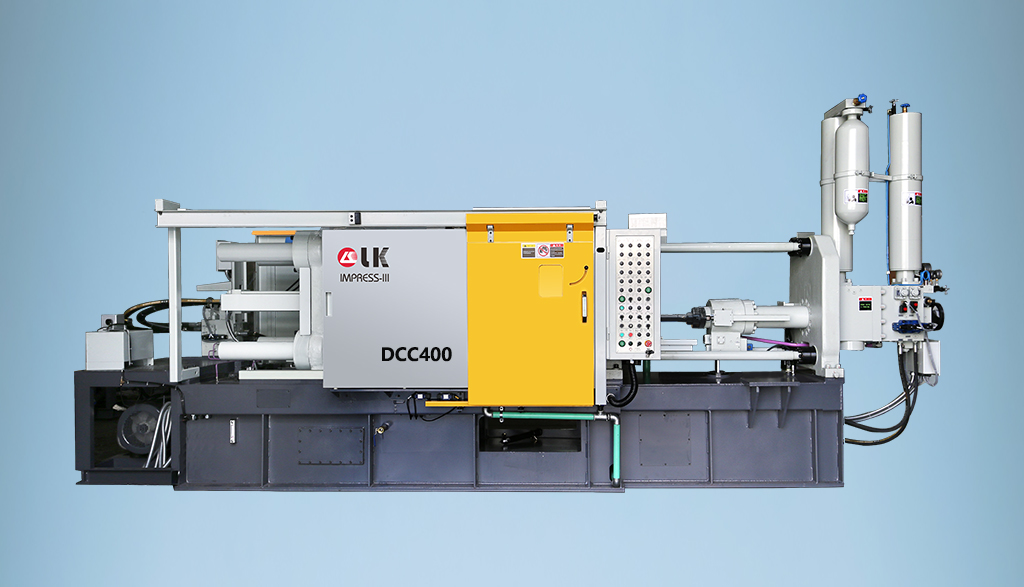
2024-09-19 10:11:20 LK Cold Chamber Die Casting Machine DCC400 Locking Force: 4000KN Die Height: 300-700mm Space Between Tie Bars: 669x669mm Shot Weight: 4.7Kg Casting Area Max:1000c㎡
More

